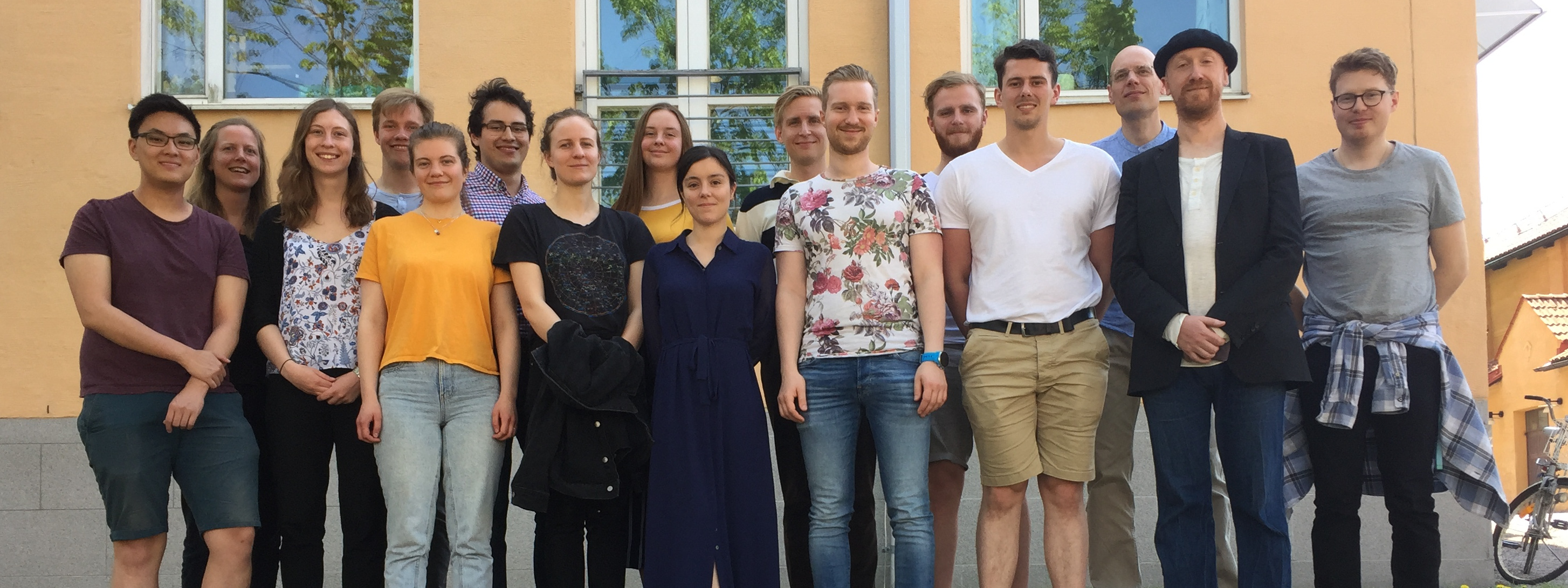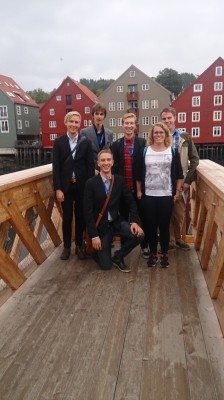
In the last week, we arranged a 2-day workshop on Biomedical engineering and decision-support. This workshop featured around 20 speakers and 30 attendees, from a wide variety of backgrounds. These backgrounds include all the steps involved in creation of decision-support systems (new biosensors, patient and personal health records, mathematical models, and the creation of usable interfaces), the testing and implementation of such systems (user-experience and user-groups, social scientists, health economy, implementation science, service design, and clinical end-users), and people from medical pedagogics, companies, and clinical decision-makers. This workshop was intended as a step towards further advancing the second-round of three already submitted VINNOVA applications (still pending), and – more generally – as a step towards the creation of a Linköping-based centre on Biomedical engineering and decision-support. This endeavor is open, so if you are interested in this process, send an email to either of the two arrangers: Elisabet or Gunnar Cedersund (elisabet.cedersund@liu.se and gunnar.cedersund@liu.se)
Some more information can be found at the workshop home page.




